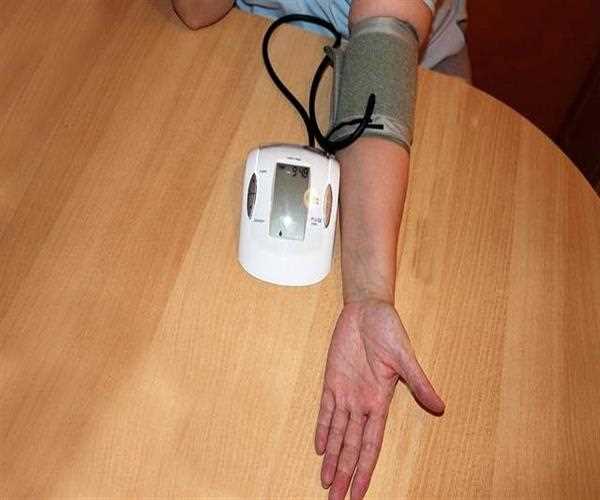Many people monitor their blood pressure at home. They often do this to manage or treat certain health conditions. If you monitor your blood pressure at home, record the readings or keep a diary. The recordings show your doctor how your blood pressure changes throughout the day. If you are taking medication to control your blood pressure, it is helpful to document that it is working. Measuring your blood pressure at home is a great way to actively manage your health. The road to better well-being
What device do you need to measure blood pressure at home?
You can use an aneroid (portable) monitor or a digital monitor to measure your blood pressure at home. Choose the type of monitor that best suits your needs. When choosing a monitor, pay attention to the following features:
Size: Correct cuff size is very important. The cuff size you need is based on your hand size. You can ask your doctor, nurse, or pharmacist for help. Incorrect cuff size can lead to inaccurate blood pressure readings.
Price: Cost can be an important factor. Prices for home blood pressure monitors vary. You may want to shop around to find the best deals. Note that expensive units may or may not be the most accurate.
Display: The numbers on the monitor should be easy to read.
Sound: The heartbeat should be audible through a stethoscope (when monitored manually). Tests have shown that finger and wrist devices do not always provide accurate readings. These devices are sensitive to location and body temperature. They are also expensive and can cost upwards of $100.
Aneroid monitor
The aneroid monitor checks your blood pressure manually. There is an indicator that shows and reads the indicator on the dial. The cuff wraps around the forearm and is manually inflated by squeezing a rubber ball. Aneroid monitors are often cheaper than digital monitors. Prices range from $20 to $40. A stethoscope is built into the cuff. No need to buy separately. This device may have features that facilitate wearing the cuff with one hand. It is also portable, being easy to move from one place to another. Aneroid monitors have several disadvantages. It is a complex device that is easily damaged and inaccurate. Without a metal ring to secure the cuff, the device can be difficult to use. This makes the cuff easier to put on. Also, the rubber bulbs that inflate the cuff can be difficult to compress. These types of monitors may not be good for deaf people as they need to hear their heartbeat through a stethoscope.
Digital monitor
Digital blood pressure monitors are popular. They are often easier to use than aneroid units. A digital monitor has a meter and a stethoscope in one device. There is also the error rate. Blood pressure readings are displayed on a small screen. It may be easier to read than a watch face. Some devices have a paper print that provides a record of the size.
Cuff inflation is automatic or manual, depending on the model. Deflation is automatic. Digital monitors are good for hearing-impaired patients because they don't need to hear the heartbeat with a stethoscope. Digital monitors have some disadvantages. Body movement or an irregular heartbeat can affect accuracy. Some models only work on the left hand. This makes it difficult for some patients to use. Digital monitors are more expensive. Prices range from about $30 to over $100. You also need a battery.
How do I know if my monitor is correct or if I'm using it correctly?
After purchasing the device, ask your doctor to check the accuracy. You should check your monitor once a year. Inspect the hose regularly for cracks and leaks. Requires careful care and storage. Avoid kinking the hose when storing. Keep away from heat. Ask your doctor or nurse to teach you how to use your blood pressure correctly. This helps to achieve better results in blood pressure control.
What do blood pressure values mean?
Normal blood pressure is below 120/80. High blood pressure is 140/90 or higher. If your blood pressure is between 120/80 and 140/90, you have high blood pressure. This means you are at risk of high blood pressure.
If you have diabetes or kidney disease, your high blood pressure may be less than others. Alternatively, if you are 65 or older, your target blood pressure may be higher. Talk to your doctor about high blood pressure.




Leave Comment